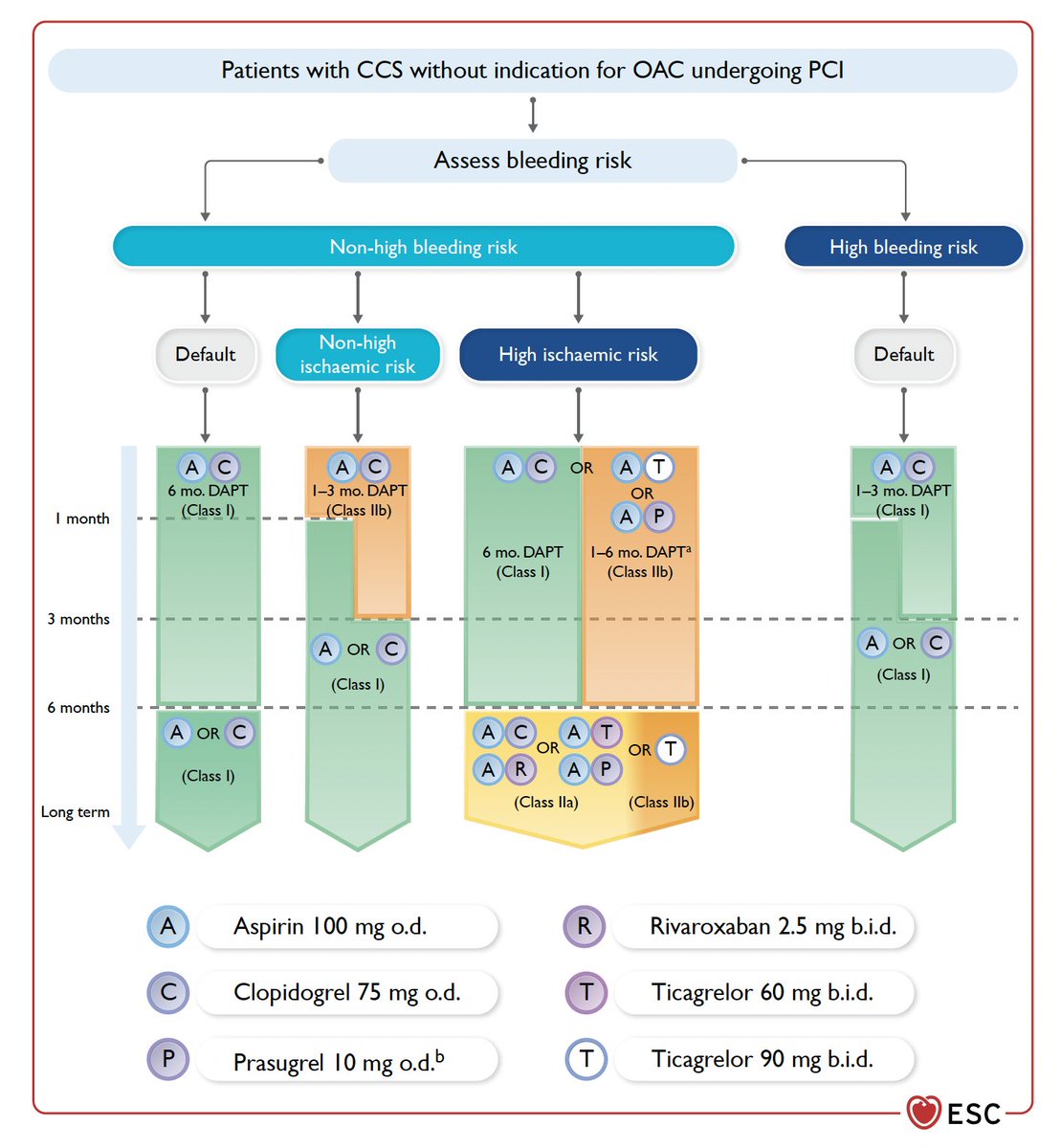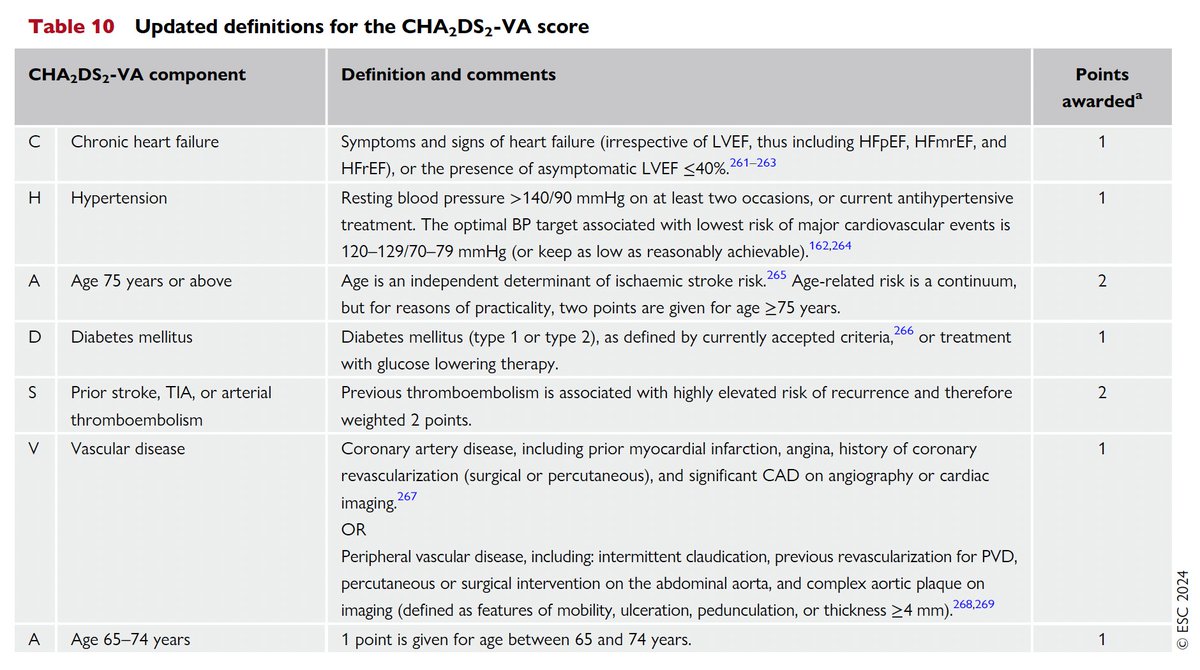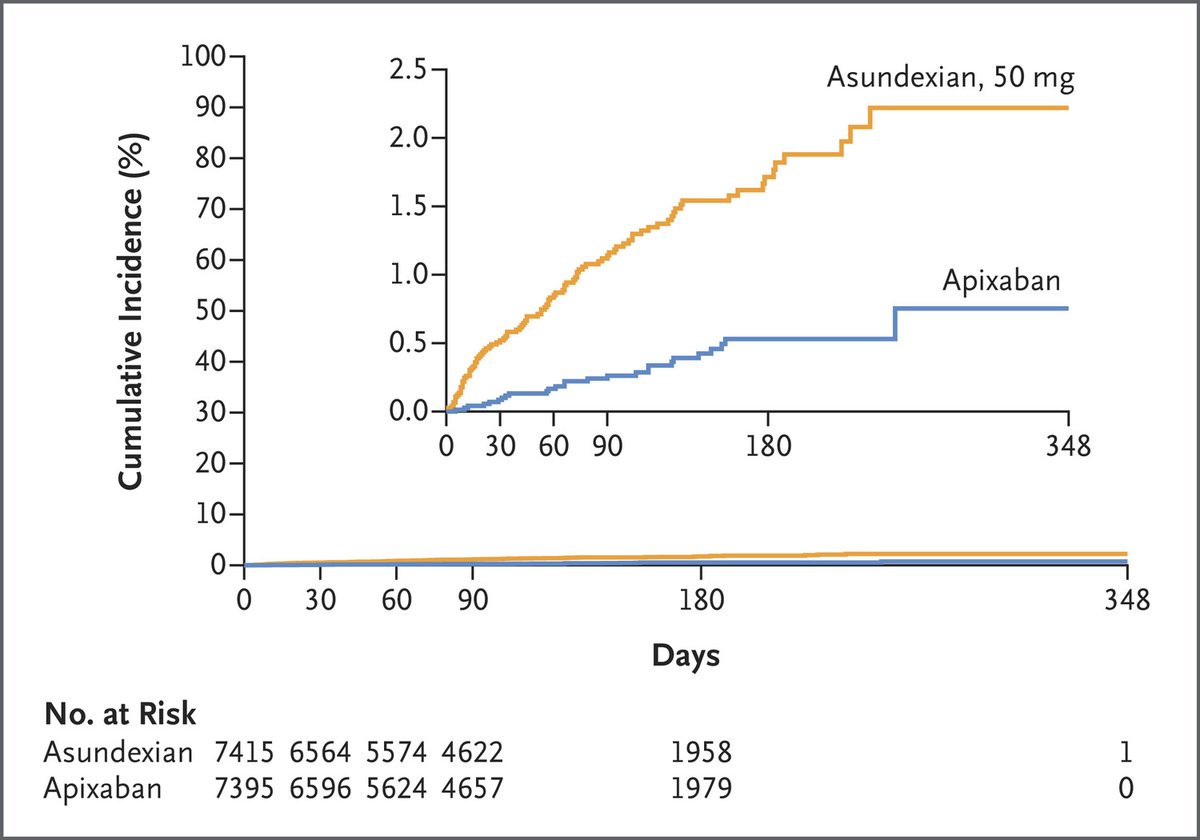
Davide Capodanno
@dfcapodanno
Professor of Cardiology at University of Catania, Italy. Editor-in-Chief of @EuroInterventio.
ID: 1103353352468025346
https://www.instagram.com/df_capodanno/ 06-03-2019 17:55:13
2,2K Tweet
19,19K Followers
677 Following


Tomorrow we have a tough and prohibitive competition, as the new European Society of Cardiology guidelines will be presented at the same time. However, our session 'Adjunct pharmacology in PCI: beyond antiplatelet therapy, the next chapter' (Room Prague, starting at 8.15 UK time) is also, in my...
























